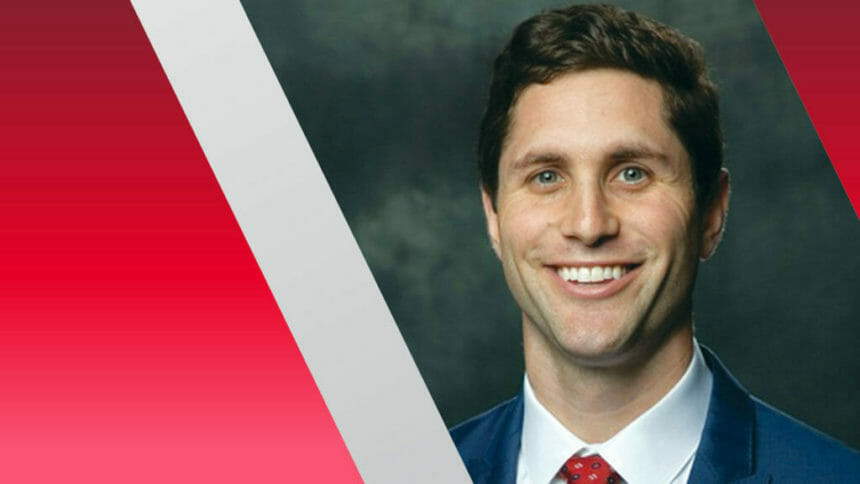
A quality incentive program that directs add-on funding only to nursing homes that enhance care and perform well on a series of patient metrics could be a lifeline for hundreds of facilities facing major new staffing requirements.
The Pennsylvania Health Care Association is asking state leaders to adopt its proposed Enhancing Care With Incentivized Payments, or ECWIP, program at a first-year cost of $100 million.
“This is not a typical state budget request for more funding with no strings attached. This is not an ask for a handout,” said PHCA President and CEO Zach Shamberg (pictured). “This is an essential industry joining together and saying, ‘Make a commitment to invest in high-quality senior care and reward us when we earn it.’”
Shamberg said the funding would be available only to those who meet or exceed established goals on four key metrics. That, he said, “adds a whole new layer of accountability” for the state’s 700-plus skilled nursing providers.
PHCA has asked Legislators and Gov. Josh Shapiro (D) to include the $100 million cost for the ECWIP program in the 2024-25 budget year, which begins July 1. That’s the same date state staffing requirements for nursing homes increase for the second year in a row.
The state last year projected facilities would need to hire 522 full-time equivalent LPNs and 249 full-time equivalent CNAs for the current fiscal year. They’ll need almost 1,400 more CNAs starting this July 1, when regulations increase to require one CNA for every 10 residents on day shift, one CNA for every 11 residents on night shifts, and one CNA for every 15 residents on night shifts.
The state is also increasing its minimum daily nursing requirement per resident from 2.7 to 3.2 hours.
In the first two years, the costs of all those new workers were projected at $200 million.
Providers worked with the state to develop those new rules as a tradeoff for increased Medicaid funding. But after a historic 17% for fiscal 2022 was followed by an average increase of 1.8% for this year.
The program wouldn’t stipulate how quarterly payments are spent, but they’ll likely be committed to staffing and other direct care expenses, a PHCA spokesman said.
“That’s one of the great things about this program: The measures are centered around resident care –– which, among other things, depends on staffing,” explained Eric Heisler. “The more a provider continues to invest back into the residents, the better their quality metrics will be, allowing them to score well for future supplemental payments. If the funds are not reinvested back into resident care, it will be hard to continue securing supplement funding.”
Shamberg encouraged state officials to consider performance on four metrics a good indicator of a provider’s worthiness for much-needed additional funding. Three of the proposed measures would emphasize care-quality among long-stay, mostly Medicaid patients. The metrics are:
- Percentage of long-stay residents experiencing one or more falls with major injury
- Percentage of long-stay residents with pressure ulcers
- Percentage of long-stay residents with worsening activities of daily living (ADL)
- Total nursing staff turnover rate
Shamberg said 24 other states have implemented incentive programs to expand funding.
Ohio launched an incentive program in 2020 that also focused on four quality metrics, and that effort improved scores on such measures by an average of 34%.
“Nursing home providers in PHCA membership and across the commonwealth are grappling with insufficient reimbursement rates and rising costs, while trying to remain focused on delivering the best possible care to our most vulnerable residents,” Shamberg said. “We must all step up to enhance care and meet the growing demand of caring for our aging population. And that includes funding this critical need.”




